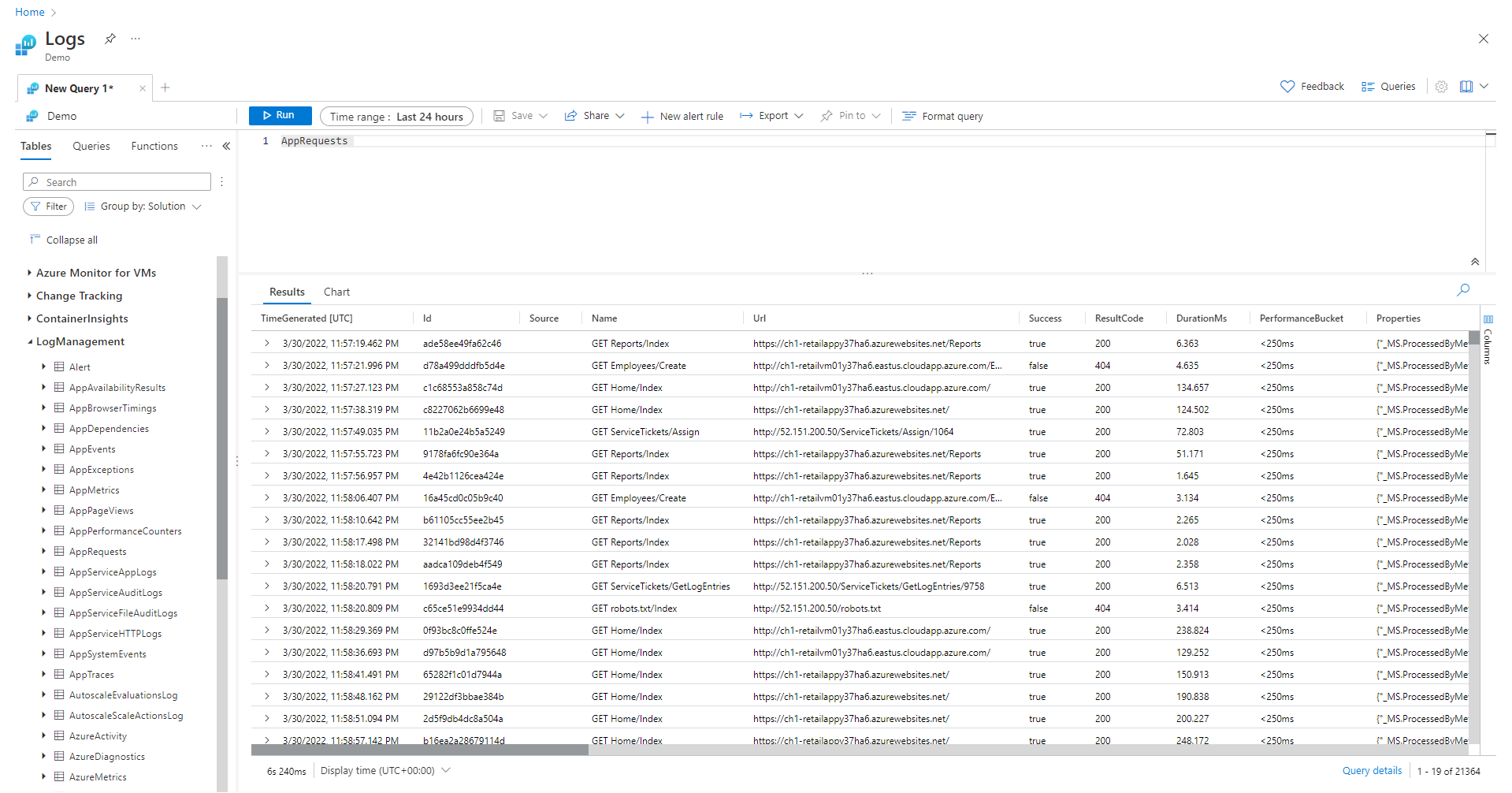

Metrics and dimensions cannot be mixed in an OR clause.If you need more OR clauses, consider using the IN option instead. A single filter can have a maximum of 10 OR clauses.A single component can have a maximum of 75 filters clauses.If you include charts that use a different data source, you'll need to create a chart-level filter for that chart. Report-level filters only apply to components using the default data source.This means that only the data rows that meet all of the conditions in the filter will be affected. When this is the case, each filter is treated like an AND clause. Multiple filters on a componentĪ component can have multiple filters. For example, you can tell a chart not to inherit a page level filter property, or a page not to inherit the report level one. You can turn off inheritance explicitly by using the toggle in the Filter section of the Setup panel for a selected component. If they don't, then inheritance is turned off for the child component. In order for a lower-level ( child) component to inherit filters from a higher-level ( parent) component, the dimensions and metrics used in the parent's filters must exist in the child component's data source. Report level > page level > chart/control level Filter inheritanceįilters can be inherited, meaning filters on higher level components apply to the components beneath them. You can fix this by editing the filter and selecting new dimensions or metrics, or by deleting the filter. Invalid filters display an error on the chart or control, and a warning icon on the filter. The same thing can happen if you copy a chart or control to a report that uses a different data source, or if simply change the data source in use by a filter by editing it in the filter manager.

That's because the dimensions and/or metrics used by the filter may not exist in the new data source. Reusing a filter on a component that uses a different data source can render the filter invalid. If you create the filter using the filter manager, you can select any of the data sources currently added to the report. If you create the filter by adding it to a component, that data source is the one in use by the component. Just like charts, filter properties are associated with a data source. For example, you can create a report that focuses on your best customers by setting the report-level filter property to Lifetime Value Greater than or equal to 10,000. Every chart in the report is subject to the filter. For example, you can dedicate page 1 of your Google Analytics report to mobile app traffic, and page 2 to desktop traffic by filtering on the Device Category dimension. Page-level filters apply to every chart on that page. For example, you can group 2 sets of charts and filter on Device Category to show website traffic in one set, and on the other to show mobile traffic. For example, you can let your viewers select from a list of best selling products on Quantity Sold Greater than (>) 100. For example, you can display a pie chart of new versus returning users in your biggest markets with a filter including Country IN " United States,Canada,Mexico,Japan" You can apply filters to the following components: You can apply filters to dimensions or metrics, or both.

Multiple clauses can be joined with "OR" logic (true if any conditions are met), "AND" logic (true if all conditions are met), or both. They simply reduce the amount of data displayed in the report.įilter conditions consist of one or more clauses. Note that filters do not transform your data in any way.
AZURE DATA STUDIO FILTER TABLES HOW TO
To learn how to add filter controls, which can be used by report viewers, please see this article.


 0 kommentar(er)
0 kommentar(er)
